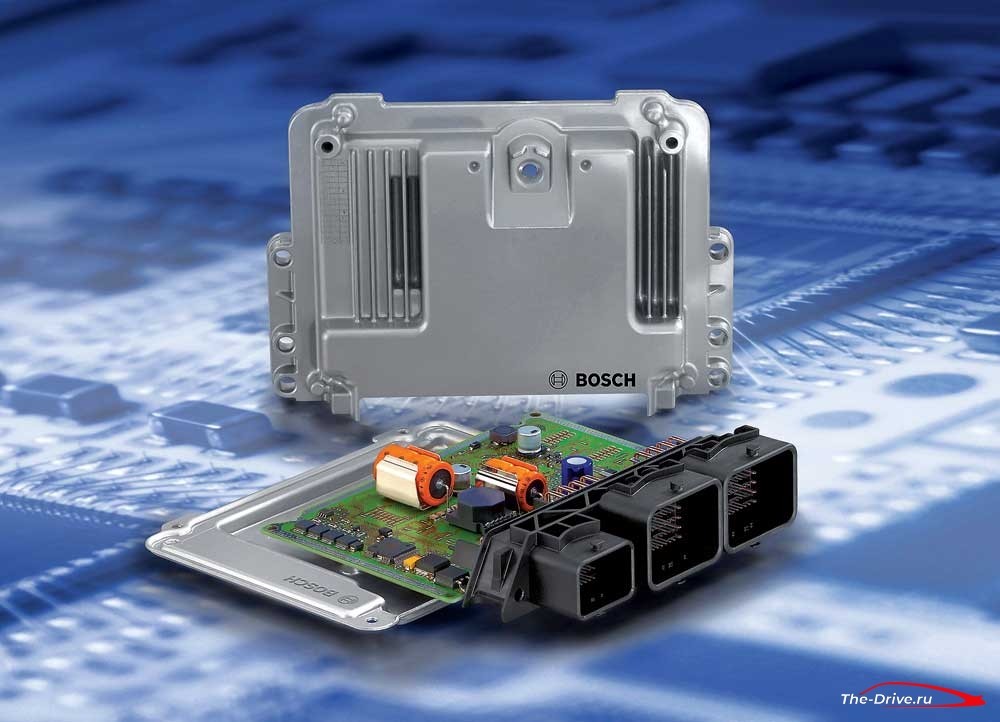
Bleeding the clutch - why is it sometimes necessary and how to do it step by step
Content
Air in the hydraulic system is a fairly common disease that happens to cars equipped with a hydraulic clutch, also due to the fact that these types of cars share a common expansion tank with the brake system. Clutch air is said to be created when there are air bubbles inside the hoses or in the brake fluid reservoir. This can happen, among other things, when the pump is tampered with, when the clutch is replaced or due to a leak in the system. In some situations, the symptoms indicating the presence of air in the clutch indicate a more serious malfunction, so they definitely cannot be ignored. What is worth knowing about the clutch bleeding process?
Clutch bleeding - when is it necessary?
How do you know if something is wrong with your clutch? The presence of air bubbles usually gives characteristic symptoms. One of them is the incorrect operation of the clutch pedal. It can work very hard or, on the contrary, be pressed into the ground with great ease. Using the clutch becomes very uncomfortable, which affects the safety of the driver and other road users. Very often in such a situation you can barely stick a gear and shift it with difficulty. Sometimes it is necessary to press the pedal several times to change gear, and then it does not return to its original position.
How to bleed the clutch?
When bleeding the clutch, first of all, it is worth remembering the necessary safety measures. Special care must be taken with brake fluid, as it is a corrosive substance that can not only cause damage to the upholstery or bodywork, but also pose a danger to people. It is also recommended to gather the necessary tools and accessories before starting work. These are, among other things:
- рычаг
- hydraulic fluid;
- keys.
The help of another person will also be indispensable. However, if you're not ready to take on this task yourself, or if you're having trouble bleeding the clutch, it's best to leave this task to a mechanic.
The process of bleeding the clutch - where to start?
Bleeding the clutch itself is not a very complicated process and requires several steps. Work begins with checking the fluid level in the expansion tank and topping it up. You can then check and start the car to see if the symptoms persist. If this is the case, further action will be required, i.e. checking the entire system for leaks that could introduce air into the system.
Simply depress the clutch pedal and look for potential fluid leaks such as lines within the system or connections. It is best to do this work with protective gloves so as not to damage the skin. After a detailed check of the brake system for leaks, the breathers should be checked. To do this, remove the rubber boots from the wheels and check their tightness.
Bleeding the clutch - what's next?
After completing all of the above steps, it's time to pump the fluid coupling. To do this, connect the hose to the bleed valve located on the brake caliper. Then you will need the help of a second person who will slowly press the pedal and hold it. The next step is to connect the hose on one side to the fluid reservoir and on the other to the clutch vent valve. To unscrew the drain valve, loosen the screw one turn. This process should continue until only liquid without air bubbles exits the system through the air valve.
Finally, you can check the brake fluid again and replace the loss, then drive the car to make sure the system is bled and the clutch and brake are working properly. If this method does not give the desired results, another method should be used. It consists in connecting a drain device to the hydraulic system pump. In this way, technical fluid can be pumped into the tank, the excess of which will be removed, which means that the clutch can be pumped.
Air in the clutch and damaged slave cylinder
Difficulty shifting doesn't always mean clutch air, although that's where you should start looking for the source of the problem. These symptoms very often look like a damaged slave cylinder. This element usually needs to be replaced after a run of several hundred thousand kilometers, but this is not done in reserve, but only when it fails. Replacing this sub-assembly is quite difficult, since it requires the dismantling of the gearbox or unscrewing the clutch master cylinder. For this reason, it is recommended to bleed the clutch first.
